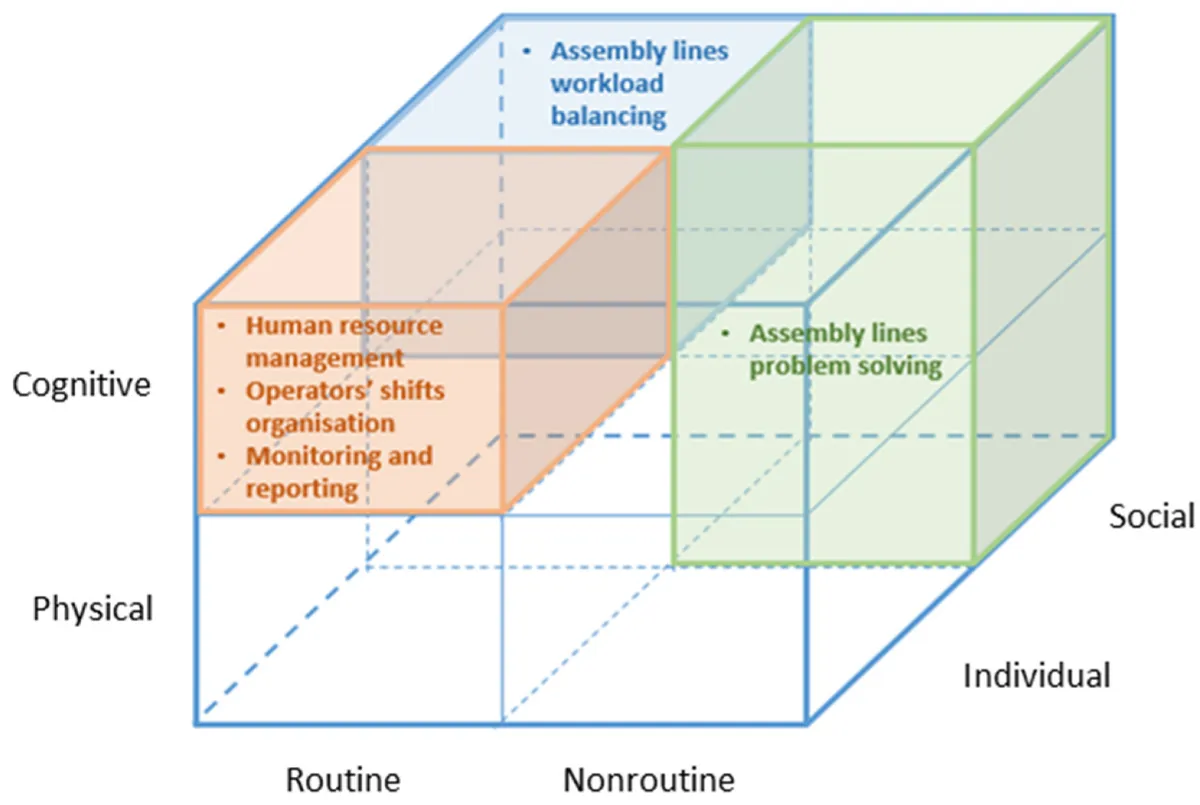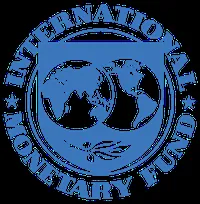Four-Day Workweek Gains Momentum: Balancing Productivity and Well-being
Companies explore four-day workweeks to combat burnout and retain talent. The trend, gaining traction globally, aims to improve work-life balance and reduce stress-related health issues.

The concept of a four-day workweek is gaining traction globally as companies seek innovative solutions to address employee burnout and retain talent. This shift represents a significant departure from the traditional 40-hour workweek, which has been the standard since the Fair Labor Standards Act of 1938 in the United States.
Dale Whelehan, CEO of 4 Day Week Global, an organization promoting shorter work schedules, highlights the growing interest in this model. While countries like Australia and Europe are embracing the trend more readily, the United States is showing gradual adoption. A Gallup poll revealed that 8% of full-time US employees worked four days a week in 2022, up from 5% in 2020.
The push for a four-day workweek is rooted in addressing several workplace challenges. Whelehan points out issues such as burnout, recruitment difficulties, and increased stress leading to health problems. The World Health Organization recognized burnout as an occupational phenomenon in 2019, underscoring its significance in modern workplaces.
"There's a lot of evidence to suggest we need to do something fundamentally different in the way we work."
The historical context of work hours provides insight into the current situation. The transition from pre-industrial farming to industrial labor brought about significant changes in work structures. The concept of management, pioneered by Frederick Taylor in the late 19th century, focused on understanding the relationship between fatigue and performance, leading to the establishment of the five-day workweek.
Today's workforce, predominantly engaged in cognitive and emotional labor, faces different challenges compared to the physical labor of the past. This mismatch between an outdated work structure and the demands of modern jobs has prompted the exploration of alternative models.

The 100-80-100 principle, popularized by Andrew Barnes in New Zealand in 2018, forms the basis of many four-day workweek trials. This model aims to maintain 100% pay and 100% productivity while reducing work time to 80%. Companies implementing this approach focus on outcomes rather than time spent working, leading to innovative productivity solutions.
One area identified for potential productivity improvement is the reduction of unnecessary meetings. Studies show that the average employee spends 31 hours per month in unproductive meetings, highlighting a significant opportunity for efficiency gains.
The four-day workweek also has implications for gender equity in the workplace. Historically, part-time work has been disproportionately taken up by women, often resulting in reduced pay despite maintaining productivity. A universal four-day workweek could help address this disparity and promote a more equitable distribution of household responsibilities.
As companies continue to explore and implement four-day workweeks, the potential benefits extend beyond individual well-being to broader societal issues. Reduced commuting time could contribute to addressing climate concerns, while improved work-life balance may lead to better long-term health outcomes. With stress-related illnesses costing US businesses an estimated $300 billion annually, the potential impact of this shift is significant.
As the global workforce continues to evolve, with remote work increasing by 159% between 2005 and 2017 in the US, and the gig economy expected to include 43% of the US workforce by 2025, the four-day workweek represents a potential solution to the changing nature of work and employee expectations.


































